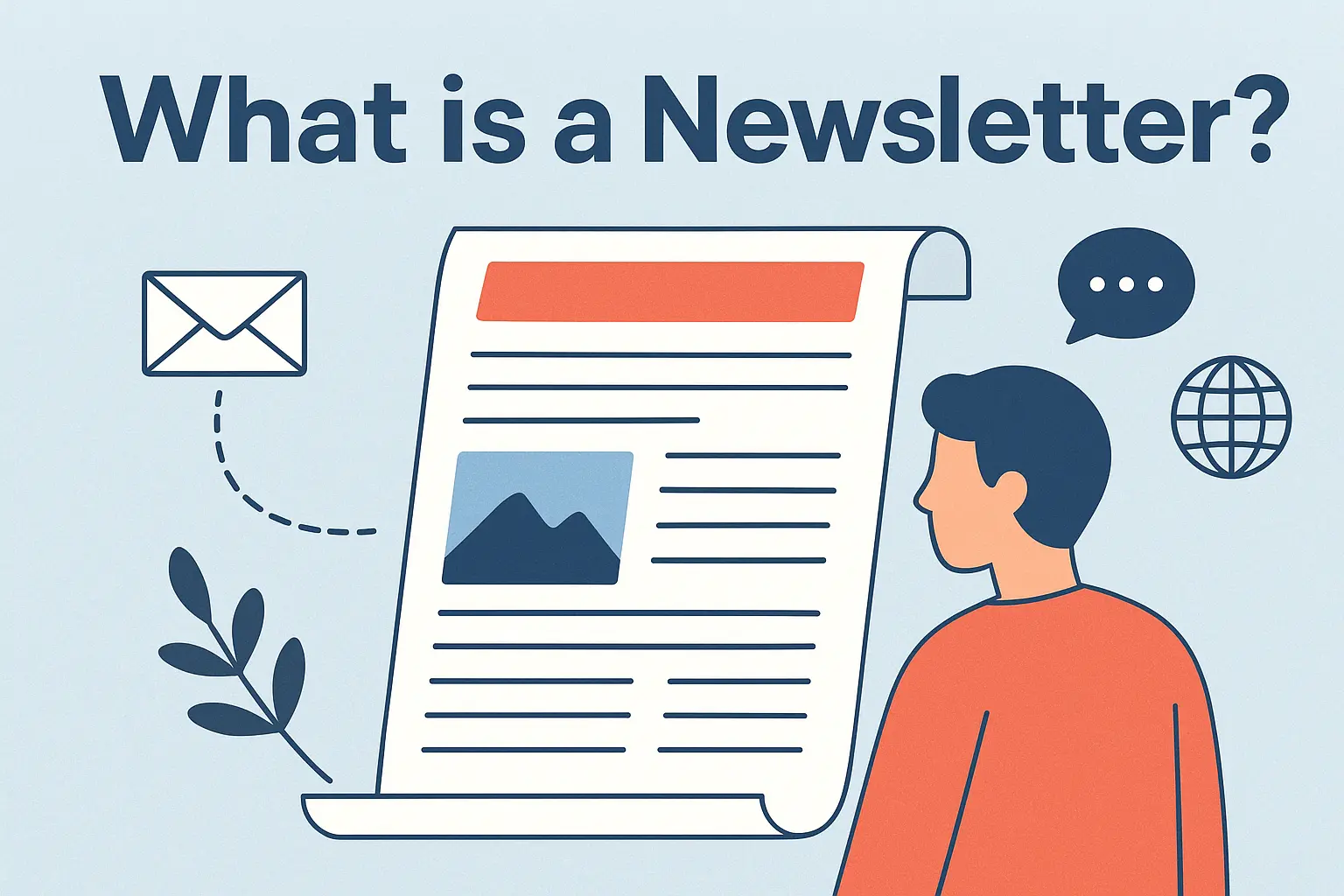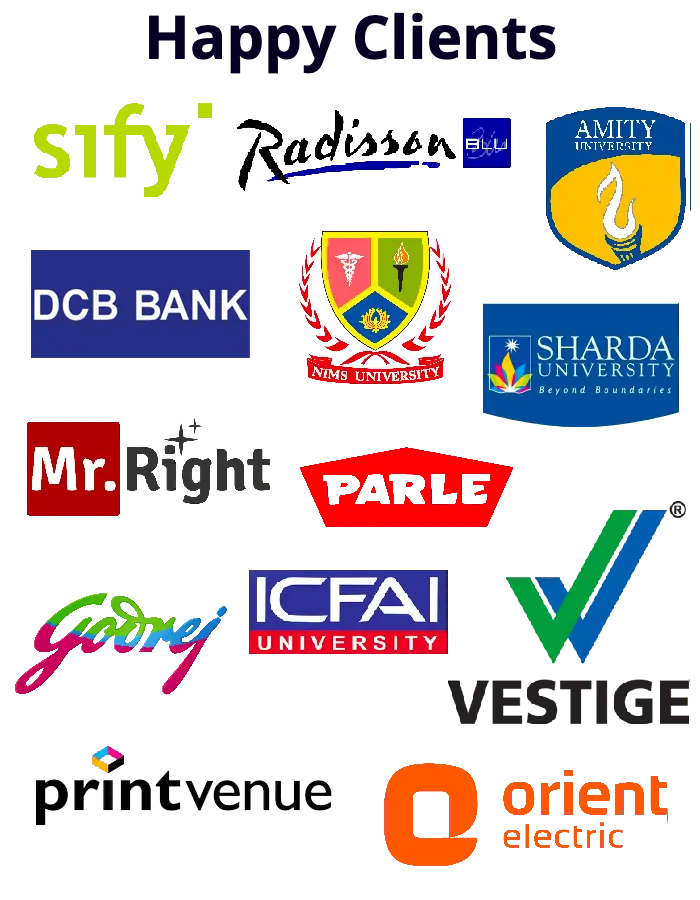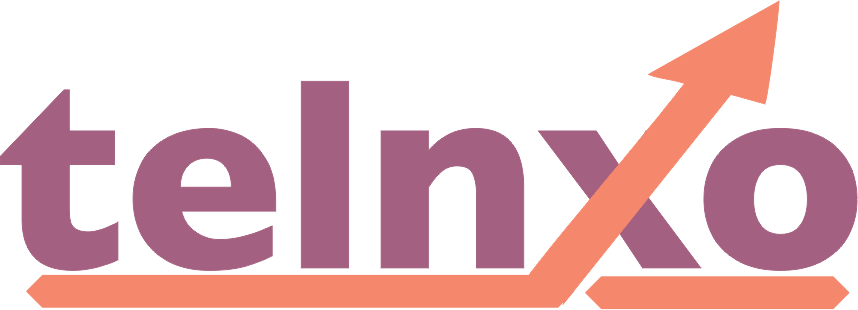What is a Newsletter?

What is a Newsletter? A Complete Guide to Email Marketing’s Most Powerful Tool
Introduction
I’ve been working in digital marketing for over eight years, and I can tell you that newsletters have consistently surprised me with their staying power. While social media platforms come and go, and algorithm changes keep marketers awake at night, newsletters remain my go-to strategy for building genuine connections with audiences.
When I started my first business in 2016, I made the classic mistake of thinking newsletters were “old school.” Boy, was I wrong. After launching my first newsletter and seeing a 40% increase in website traffic within three months, I became a true believer. Today, I want to share everything I’ve learned about how to define newsletter communication and why it should be your secret weapon too.
Whether you’re running a small bakery in your neighborhood or managing marketing for a tech startup, newsletters can transform how you connect with your audience. Let me walk you through what makes them so special.
What is a Newsletter? The Complete Definition (From Someone Who’s Sent Over 500)
After sending hundreds of newsletters and helping dozens of businesses launch their own, here’s how I define newsletter communication: it’s a regularly distributed email publication that contains news, updates, insights, or promotional content sent to people who genuinely want to hear from you.
The key phrase there is “genuinely want to hear from you.” This isn’t spam or random promotional emails. These are people who raised their hand and said, “Yes, I want to stay connected with your brand.”
I learned this the hard way when I first started. I bought an email list (don’t do this!) and sent a “newsletter” to 10,000 strangers. The result? A 0.2% open rate and several angry replies. Lesson learned: newsletters are about building relationships, not broadcasting to the masses.
What Makes a Newsletter Different?
Last month, I was explaining newsletters to my neighbor who runs a local coffee shop. She asked, “Isn’t it just like sending a text to a group?” Not quite. Here’s what makes newsletters unique:
- They follow a consistent schedule – My subscribers know they’ll hear from me every Tuesday morning with their coffee
- They provide ongoing value – Each edition should make subscribers think, “I’m glad I’m on this list”
- They build anticipation – When done right, people actually look forward to receiving them
- They bypass social media chaos – No algorithm decides if your message gets seen
Types of Newsletters (And Which One Nearly Killed My Business)
Through trial and error (emphasis on error), I’ve experimented with different newsletter types. Here’s what I’ve learned about each:
1. Company Newsletters
I once worked for a company that sent monthly updates about office renovations and new coffee machines. Spoiler alert: nobody cared. The lesson? Internal newsletters work when they celebrate people and achievements, not mundane updates.
What works: Employee spotlights, team wins, behind-the-scenes stories What doesn’t: Policy updates disguised as exciting news
2. Marketing Newsletters
This is where I nearly destroyed my business. In 2018, I got obsessed with “conversion optimization” and turned my newsletter into a weekly sales pitch. I lost 60% of my subscribers in two months.
What I learned: The 80/20 rule is sacred – 80% value, 20% promotion. Your subscribers will actually buy more when you’re not constantly selling.
3. Industry Newsletters
My marketing newsletter “Marketing Mondays” grew to 15,000 subscribers because I focused on sharing what I was actually learning and testing. I’d include failed experiments alongside successes.
Pro tip: Share your failures. My most-opened newsletter was titled “How I Wasted $3,000 on Facebook Ads (And What You Can Learn From It).”
4. Personal Newsletters
These are my favorites to write and read. There’s something powerful about getting insights directly from a real person rather than a faceless brand.
Example: My friend Sarah runs a newsletter about sustainable living. Instead of generic tips, she shares her actual journey – including the time she tried making her own deodorant and ended up smelling like a gym sock for a week.
5. Community Newsletters
I help manage one for our local business district. The open rates are consistently above 45% because the content is hyper-relevant to subscribers’ daily lives.
Benefits of Using Newsletters (Based on Real Results, Not Marketing Fluff)
Let me share some actual numbers from my experience and client work:
Direct Communication That Actually Works
When I post on Instagram, maybe 3% of my followers see it. When I send a newsletter to my 8,000 subscribers, 35% open it and 8% click through. The math is simple: newsletters win.
ROI That Makes Your CFO Smile
Last year, I tracked revenue from my newsletter. For every hour I spent writing (about 2 hours weekly), I generated an average of $1,200 in client work. That’s better than most marketing channels I’ve tried.
Building Real Relationships
Here’s the part that surprised me most: people reply to newsletters. I get 5-10 thoughtful responses every week from subscribers sharing their own experiences or asking questions. These conversations have led to some of my best client relationships.
Traffic That Converts
Newsletter traffic isn’t just any traffic – it’s warm traffic. These people know you, trust you, and are much more likely to take action. My newsletter drives 30% of my website traffic, but accounts for 65% of my contact form submissions.
Essential Components That I Wish Someone Had Told Me About Earlier
Subject Lines That Don’t Suck
I used to write subject lines like “Newsletter #47” or “Monthly Update.” Then I started treating them like I was texting a friend: “The marketing mistake that cost me $5K” or “Quick question about your website…”
My current open rate: 38% (industry average is 21%)
Content That People Actually Want
Early on, I asked my subscribers a simple question: “What’s your biggest challenge right now?” The responses transformed my newsletter. Instead of sharing what I thought was important, I started addressing their actual problems.
Game changer: I keep a running list of subscriber questions and address one in each newsletter.
CTAs That Feel Natural
I cringe thinking about my old newsletters with giant red “BUY NOW” buttons scattered everywhere. Now, I include one subtle CTA that feels like a natural next step. “If this resonates, here’s how I can help…” works much better than “CLICK HERE NOW!!!”
Mobile-First Design (Because I Learned This the Embarrassing Way)
Three years ago, I sent a beautifully designed newsletter that looked perfect on my laptop. Then a subscriber sent me a screenshot of how it looked on her phone – it was a disaster. Now I write and design every newsletter on my phone first.
Mistakes I Made So You Don’t Have To
The “More is Better” Mistake
I once sent daily newsletters because I thought frequency equaled engagement. I was wrong. I burned out after two weeks, and my unsubscribe rate doubled. Now I send weekly newsletters and focus on making each one valuable.
The “Perfect Template” Trap
I spent three weeks designing the “perfect” newsletter template with custom graphics and complex layouts. First issue? It took me four hours to write because I was fighting with the design. I switched to a simple, text-focused template and haven’t looked back.
The “Everyone is My Audience” Error
My early newsletters tried to appeal to everyone: small business owners, marketing managers, entrepreneurs, freelancers. The content was so generic that it helped nobody. When I narrowed my focus to marketing consultants, my engagement tripled.
How to Actually Get Started (The Step-by-Step Process I Wish I’d Had)
1. Start With Why (And Make It Personal)
Before you write a single word, answer this: “Why do I want to send a newsletter?” My answer: “I want to share what I’m learning about marketing in a way that actually helps people avoid my mistakes.”
2. Choose Your Platform (Based on Real Experience)
I’ve used six different email platforms. Here’s my honest assessment:
- Mailchimp: Great for beginners, can get expensive quickly
- ConvertKit: My current choice – built for creators, excellent automation
- Substack: Perfect if you want to focus purely on writing
My recommendation: Start with the free version of any platform. You can always switch later (though it’s a pain).
3. Write Like You’re Talking to a Friend
This took me years to learn. I used to write newsletters like academic papers. Now I write like I’m explaining something to my cousin over coffee. The difference in responses has been remarkable.
4. Commit to a Schedule You Can Actually Keep
I see people launch daily newsletters and burn out in a month. Start with monthly. When that feels easy, move to bi-weekly. I’ve been sending weekly newsletters for three years, and it still challenges me sometimes.
Measuring What Actually Matters
Forget vanity metrics. Here’s what I track and why:
Open Rate (But Don’t Obsess Over It)
Mine hovers around 35-40%. But I’ve learned that 1,000 engaged subscribers are worth more than 10,000 passive ones.
Replies and Engagement
This is my favorite metric. When someone takes time to reply to my newsletter, I know I’ve created something valuable. I aim for at least 3-5 meaningful replies per newsletter.
Unsubscribe Rate
I celebrate a healthy unsubscribe rate (1-2%) because it means I’m attracting the right people and repelling the wrong ones.
Real Business Impact
The numbers that matter: newsletter-driven website visits, consultation requests, and actual revenue. I track these monthly and adjust my strategy accordingly.
The Future of Newsletters (Based on What I’m Seeing)
I’m noticing some interesting trends:
More Personal, Less Corporate
The newsletters that stand out are getting more personal. People want to connect with humans, not brands.
Interactive Elements
I’m experimenting with polls and surveys in my newsletters. The engagement is 3x higher than regular content.
Community Building
My most successful clients are using newsletters to build communities, not just broadcast messages.
My Honest Take on Newsletters in 2025
After eight years and hundreds of newsletters, here’s what I know for sure: newsletters work when you focus on serving your audience rather than serving yourself.
The businesses I see succeeding with newsletters share one common trait – they genuinely care about providing value. They’re not just checking a marketing box; they’re building relationships one email at a time.
My challenge to you: If you decide to start a newsletter, commit to sending 10 issues before you evaluate its success. The magic doesn’t happen immediately, but when it does, you’ll understand why I’m so passionate about this medium.
Final thought: In a world of algorithm changes and platform uncertainty, newsletters give you something precious – direct access to people who actually want to hear from you. That’s worth more than any social media following.


